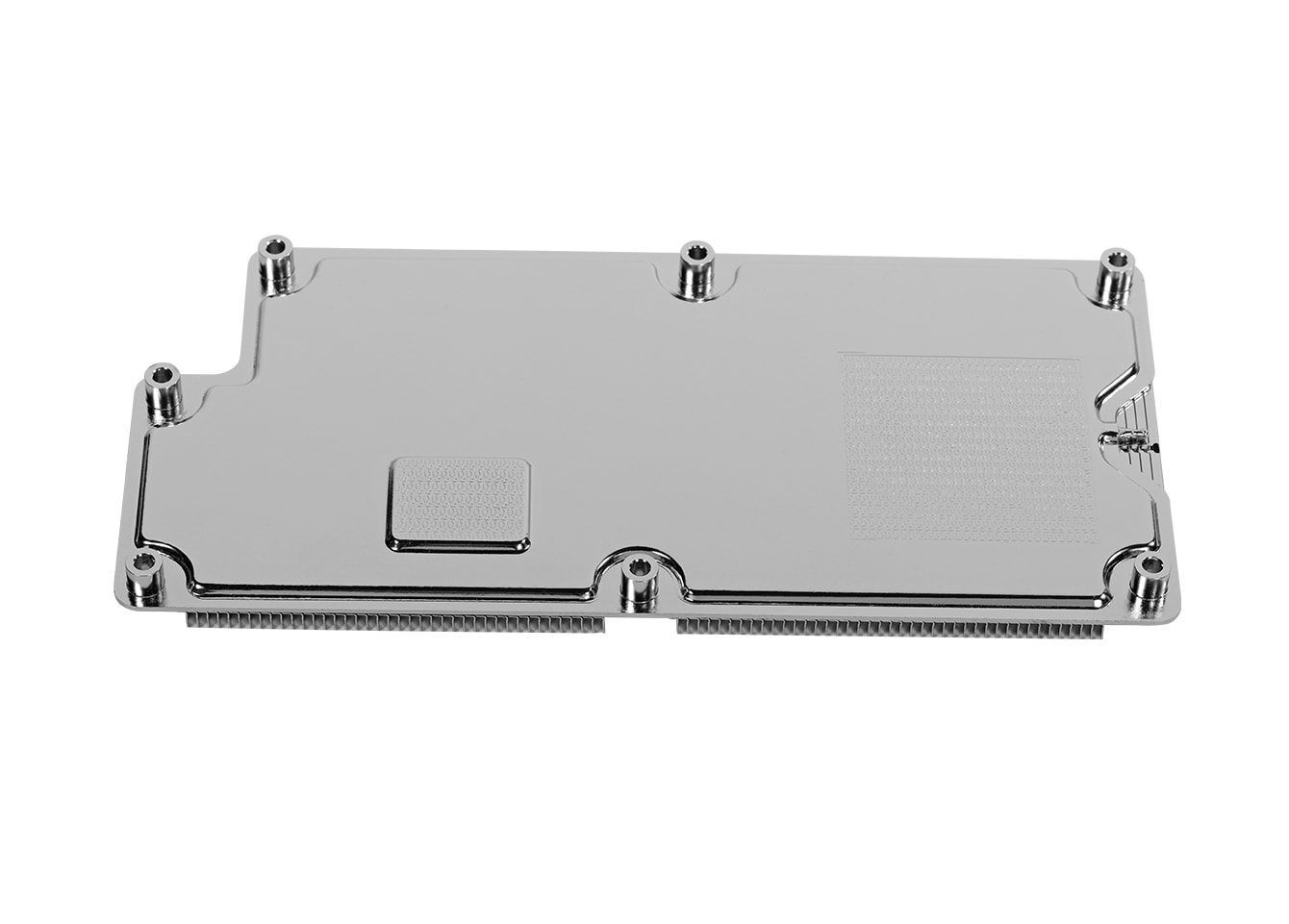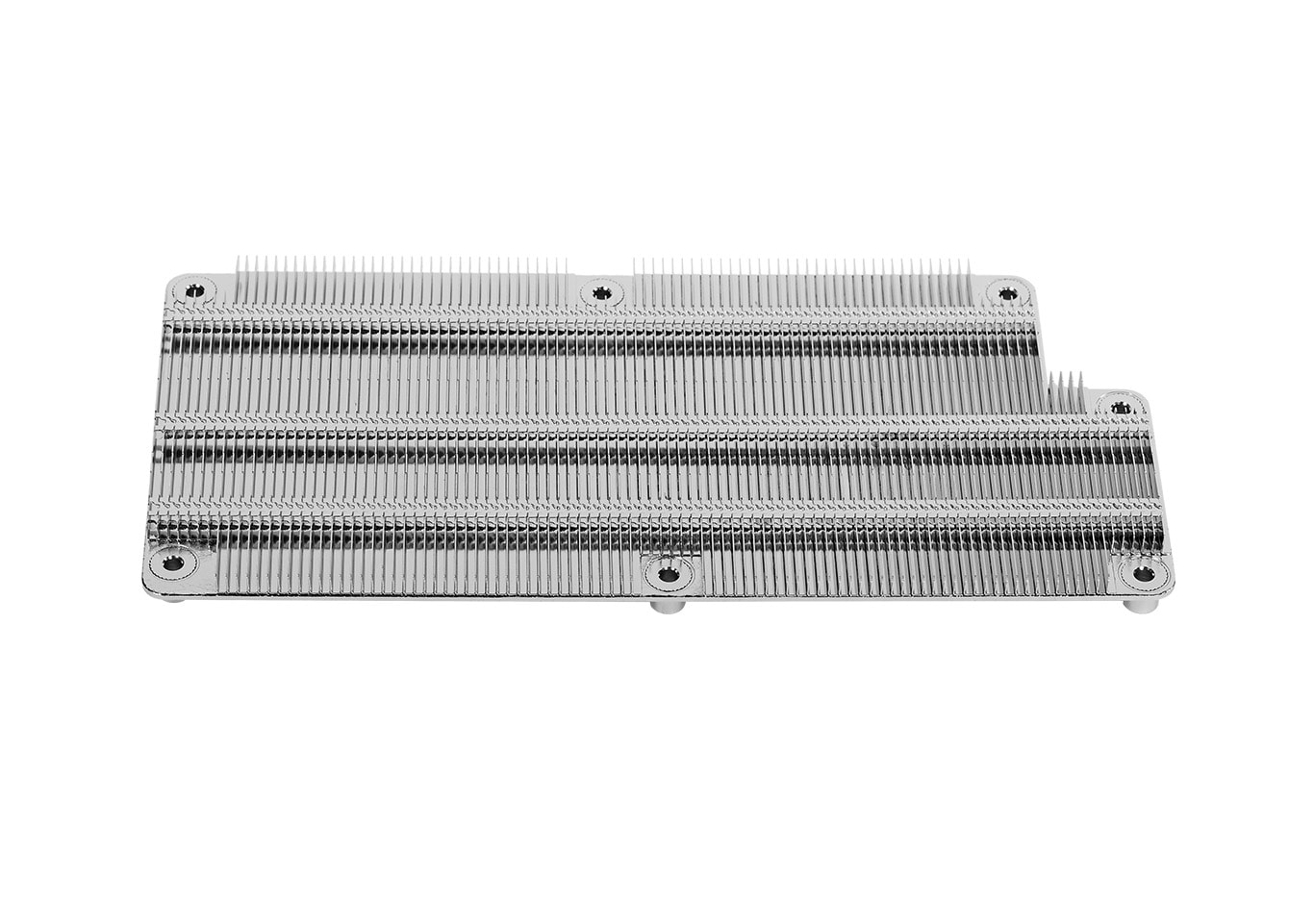News
Site Editor
 Site
/uploads/image/658e1b5398ef3.png
Extruded heat sinks are widely used in electronics, LED lighting, power devices, and other applications that require effective heat dissipation.
Site
/uploads/image/658e1b5398ef3.png
Extruded heat sinks are widely used in electronics, LED lighting, power devices, and other applications that require effective heat dissipation.
How to Optimize the Design of Extruded Heat Sinks for Maximum Efficiency
Views: 186
Author: Site Editor
Publish Time: 2025-03-24
Origin: Site
Introduction
Extruded heat sinks are widely used in electronics, LED lighting, power devices, and other applications that require effective heat dissipation. Optimizing their design ensures maximum efficiency, reducing component temperatures and improving overall system reliability. This article explores key design factors such as material selection, fin geometry, thermal resistance reduction, and manufacturing considerations.
1. Choosing the Right Material
The material of a heat sink directly affects its thermal performance. The most commonly used materials are aluminum and copper.
-
Aluminum : Lightweight, cost-effective, and offers good thermal conductivity (205-230 W/m·K). It is the most widely used material for extruded heat sinks.
-
Copper : Provides higher thermal conductivity (386-401 W/m·K) but is heavier and more expensive than aluminum. It is used in high-performance applications.
-
Hybrid Designs : Combining aluminum with copper or integrating heat pipes/vapor chambers can further enhance heat transfer while balancing cost and weight.

2. Optimizing Fin Geometry
Fin design significantly impacts heat dissipation efficiency. The key factors to consider include:
Fin Shape :
-
Straight fins : Commonly used for forced convection applications where airflow is directed.
-
Pin fins : Better for natural convection or multidirectional airflow.
-
Wavy/louvered fins : Increase turbulence, improving heat transfer in some applications.
-
Fin Spacing : Proper spacing ensures efficient airflow. Too close, and airflow is restricted; too far apart, and heat dissipation is reduced.
-
Fin Height : Taller fins increase surface area but can also create resistance to airflow. Optimizing height ensures a balance between cooling performance and airflow efficiency.
-
Fin Thickness : Thicker fins provide better structural integrity but can limit airflow and increase material costs.
3. Enhancing Heat Dissipation with Airflow Management
Heat sinks dissipate heat mainly through convection, which can be either natural or forced:
-
Natural Convection : Works best with vertically oriented fins that allow warm air to rise naturally.
-
Forced Convection : Fans or blowers increase airflow, improving heat dissipation. Aligning fins in the direction of airflow enhances efficiency.
-
Reducing Airflow Resistance : Avoiding overly dense fin structures ensures smoother airflow and better cooling performance.
4. Minimizing Thermal Resistance
Heat sink performance is measured by its total thermal resistance (R_total), which consists of multiple layers:

Where:
-
R_TIM (Thermal Interface Material Resistance) : The resistance between the heat source and heat sink. High-performance thermal paste or phase-change materials reduce this resistance.
-
R_base (Base Conduction Resistance) : Ensures heat spreads evenly across the heat sink base before reaching the fins. A thicker base or integrating a heat spreader can improve performance.
-
R_base-fin (Base-to-Fin Resistance) : Represents the heat transfer efficiency between the base and fins. High-quality bonding or soldering minimizes this resistance.
-
R_fin-air (Fin-to-Air Resistance) : Affected by fin geometry and airflow. Optimizing fin design enhances convective cooling.
-
R_air-rise (Air Temperature Rise Resistance) : As air absorbs heat, its temperature rises, reducing cooling capacity. Proper ventilation and airflow management help mitigate this effect.
5. Advanced Cooling Technologies: Heat Pipes & Vapor Chambers
When extruded aluminum heat sinks alone cannot meet thermal requirements, additional cooling technologies can be integrated:
-
Heat Pipes : Use phase-change cooling to efficiently transfer heat across long distances, significantly reducing conduction resistance.
-
Vapor Chambers : Offer uniform heat spreading, improving heat sink performance in applications with concentrated heat sources.
-
Hybrid Designs : Combining aluminum bases with embedded heat pipes or vapor chambers enhances cooling while keeping weight and cost manageable.
6. Manufacturing Considerations & Cost Optimization
The manufacturing method used affects the cost, performance, and scalability of heat sinks.
-
Extrusion : The most common method for producing aluminum heat sinks with straight fins. Cost-effective for high-volume production.
-
Forging : Allows for higher-density pin fins, improving heat dissipation in passive cooling applications.
-
Skiving : Produces thin, high-density fins from a single metal block, increasing surface area for better cooling.
-
Bonded Fin : Joins individual fins to a base, allowing for complex designs but adding thermal resistance at the joint.
-
CNC Machining : Used for highly customized heat sinks but is more expensive and time-consuming.
Choosing the right manufacturing method depends on budget, performance needs, and production volume.

7. Applications & Future Trends
Extruded heat sinks are widely used in:
-
Power electronics : Cooling inverters, rectifiers, and industrial control systems.
-
LED lighting : Maintaining optimal LED temperatures for longer lifespan.
-
Automotive & Aerospace : Lightweight heat sinks for vehicle electronics and avionics.
Future Trends
-
AI-driven cooling systems : Smart heat sinks with sensors and adaptive airflow control.
-
Advanced materials : Use of graphene or high-performance aluminum alloys for better thermal conductivity.
-
Integration with liquid cooling : Combining air and liquid cooling for high-power applications.
Conclusion
Optimizing extruded heat sinks requires a balance between material selection, fin geometry, airflow management, and manufacturing efficiency. By understanding key design principles and advanced cooling technologies, engineers can develop highly efficient heat dissipation solutions.
Enner specializes in designing and manufacturing high-performance heat sinks. Whether you need custom extruded heat sinks, vapor chamber solutions, or CNC-machined components, we provide expert guidance and manufacturing support. Contact us today to find the best thermal solution for your needs!


